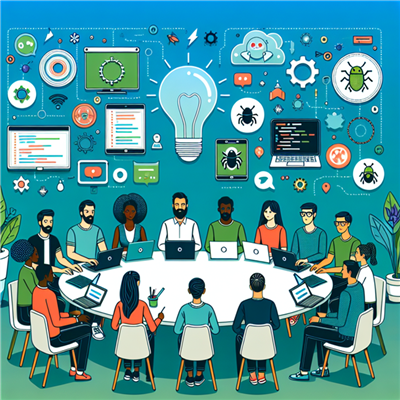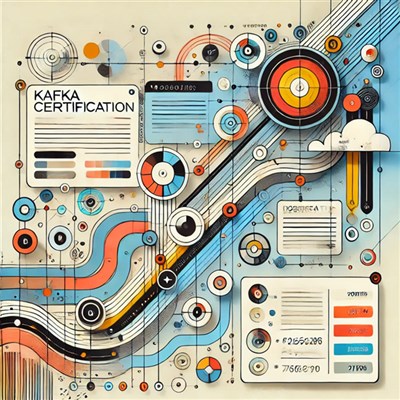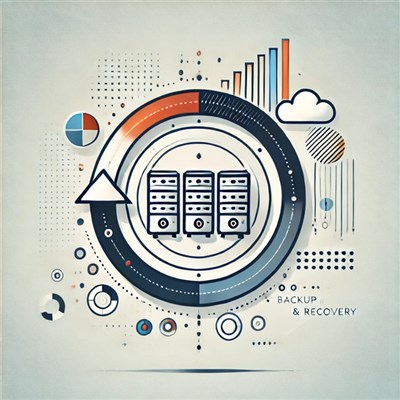
Unlocking Creativity: The Benefits of Minecraft in Education
The modern educational landscape is rapidly evolving, with innovative tools and technologies reshaping the way we teach and learn. One such tool is Minecraft, a sandbox video game that is now being widely used in education. This blog post explores the benefits of using Minecraft in education and how it can unlock creativity in students.
Engaging Learning Experience
Minecraft offers an engaging and interactive platform that encourages students to learn through exploration and experimentation. The game's open-ended nature fosters creativity, as there are no specific goals or objectives, allowing students to create their own learning path.
Development of Critical Thinking Skills
Playing Minecraft involves problem-solving, planning, and decision-making, all of which are critical thinking skills. Students must strategize and make decisions based on their current situation, encouraging them to think critically and analytically.
Encourages Teamwork and Collaboration
In multiplayer mode, students work together to achieve common goals. This can help develop teamwork skills, as students learn to communicate effectively, share resources, and collaborate on projects.
Integrates Technology in Learning
Minecraft in education provides a platform to integrate technology in teaching and learning. It helps students become comfortable with digital tools and prepares them for a future where technology will be pervasive.
Promotes Creativity
Minecraft is a game that encourages creativity. Its sandbox nature allows students to build anything they can imagine, from simple houses to complex machines, promoting creative thinking and innovation.
As a leading IT training Company, Koenig Solutions recognises the potential of Minecraft in education. We offer a dedicated Minecraft Education Teacher Academy Course designed to equip educators with the skills and knowledge to effectively incorporate Minecraft into their teaching practice. Our course provides hands-on experience, allowing educators to explore the many possibilities of this innovative educational tool.







COMMENT